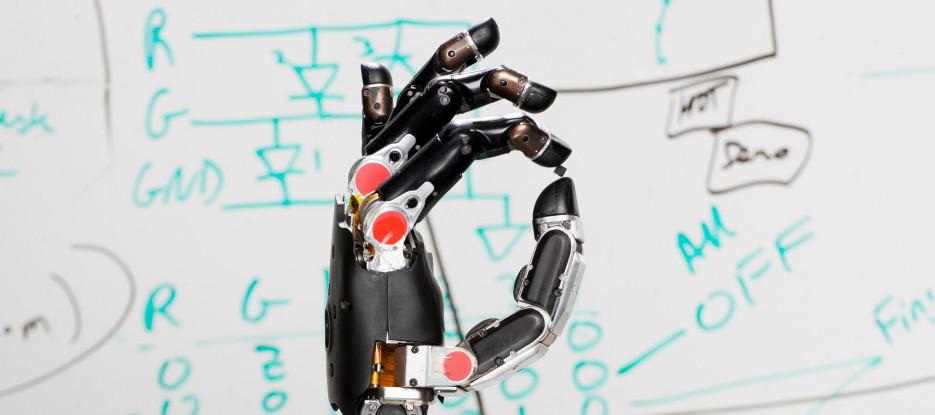DARPA Is Working on Prosthetics That Will Let Amputees Feel Again

For years, science fiction has enthralled audiences with visions of a future when prosthetics have evolved to the point where not only do they move like real, articulated limbs but also carry a true sense of touch to the wearer.
Tactile feedback – our sense of touch – is something that most take for granted until faced with the challenge of interacting with our world without it. It’s true that modern users of technology have been given a slight glimpse into the disarray caused by this lack of tactile feedback from the use of touchscreen keyboards and the like, but the real challenges of an unfeeling prosthetic are beyond comparison.
The sheer act of moving the prosthetic smoothly and usefully, gripping containers of liquids, as well as a host of other daily life fine motor skill tasks become challenges that could strain the patience of a true saint. Thankfully, DARPA’s HAPTIX (Hand Proprioception and Touch Interfaces) program is out to do something about this problem.
In the ongoing effort to improve the lives of injured servicemen and women, new technologies are being integrated into state-of-the-art prosthetics. This will provide not only more accurate, discrete movement, but also genuinely reproduce the sense of touch which no technology before could manage.
Along with this regained sense of precise motion and touch, this technology aims to do away with an ailment which has plagued amputees since the dawn of time. Phantom limb, as it is commonly called, is a neurological glitch which occurs in many amputees. It can range from a sensation of extreme pain in the no longer present limb(s) to extreme annoyance at other, similar false signals.
This technology is of course very new, and has a lot of development ahead of it. Still, the DARPA team plans to have in-home tests of this technology for service men and women within four years at the longest. Early prototypes have proven that the simulation of touch is entirely possible, and has been demonstrated in a host of YouTube videos where amputees climb rock walls, pass objects back and forth and a number of other fine motor skill tasks which simply can’t be done without a sense of touch.
Replacing limbs organically, or constructing life-like facsimiles with all the comforts of flesh and bone, may still be a thing of the distant future. But, the ability to regain a sense of touch and – with that – a sense of independence and quality of life, is right around the corner.
The future is going to be wondrous like that.
